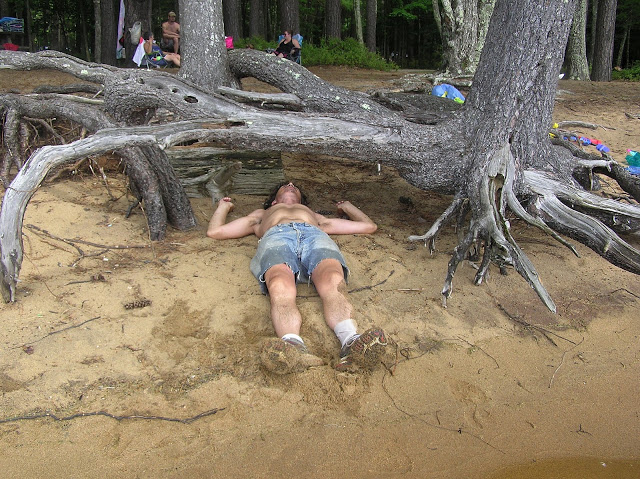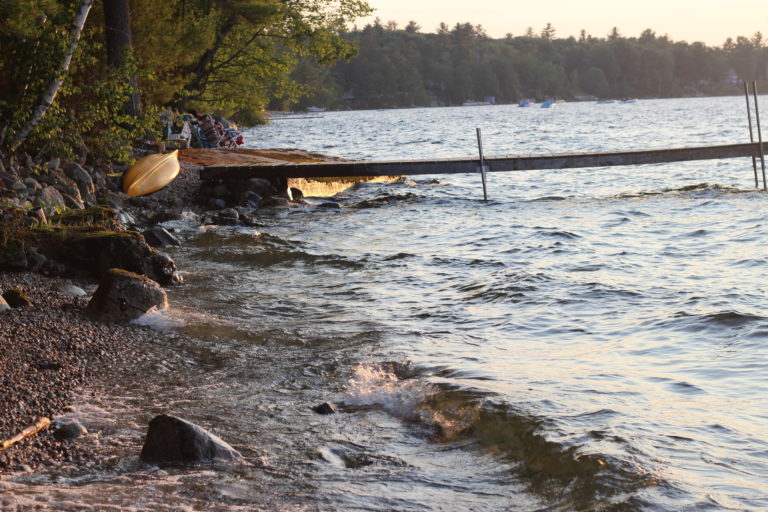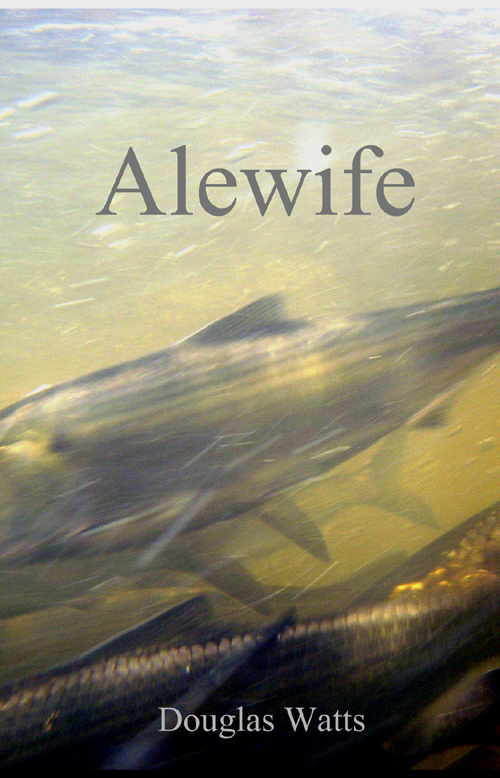A few early to mid 1800s historic references I just came across illustrate how early and quickly the sea-run fish of Maine rivers were wiped out by over-fishing:
Citation: William Durkee Williamson. 1832. The History of the State of Maine. Vol. 1. Glazer, Masters & Co. Hallowell, Maine.
At p. 158, describing striped bass:
“The Bass is a large scale fish, variable in its size from 10 to 60 pounds. They are striped with black, have bright scales and horned backs, and are caught about the coasts. They ascend into the fresh water to cast their spawn, in May or June, being lean afterwards and fat in the autumn. In June 1807, there were taken at the mouth of the Kenduskeag, 7,000 of these fishes, which were of a large size — a shoal, either pursued up the river by sharks, or ascended in prospect of their prey, or to cast their spawn.”
Smelt at p. 160:
“They are caught in abundance, after March, in our rivers; 20 barrels of them have been taken at the mouth of the Kenduskeag at a sweep, and sometimes they are worth no more than half a dollar a bushel.”
At footnote 3, same page: “On the 2d of May, 1794, at the mouth of the Kenduskeag (on the Penobscot) were taken at one draft 1,000 shad and 30 barrels of alewives.”
—-
Citation: Boardman, Samuel L. ‘Aquaeculture’: in Ninth Annual Report of the Secretary of the Maine Board of Agriculture. 1864. Augusta, Maine. Stevens & Sayward, Printers to the State. Also pub. in Maine Farmer, March 23, 1865.
At p. 117:
“Three years ago, in the month of May, in company with a friend, while passing by the lower lock of the Cumberland and Oxford Canal, in the city of Portland, our attention was drawn to the a crowd of men standing by the side of the lock, several of whom had long-handled nets, with which they were fishing, or rather dipping out fish from the water. On coming up, we saw that they were catching alewives in great numbers. It appeared that these fish, in their peregrinations along the coast, had been attracted by the fresh water of the canal, and instinctively entered it in order, as they supposed, to follow up to its source, (Sebago Lake,) but were brought to a standstill by the upper gate of the lock. The men engaged there then shut the lower gate, and commenced catching them. As soon as those of them that were confined in the lock were all caught, the men opened the lower gate again, and admitted a lot more of them, and thus a wholesale destruction of them went on. I supposed that some of them might possibly work their way up, when the several locks should be opened for the passage of boats, and thus Sebago made a breeding place for them, but on inquiry, am told that there are few or none seen there. Now it would be a very easy matter to stock that lake with young herrings (alewives) by proprietors of the canal forbidding any of them to be caught on certain days, and placing men along the route to let them go through the gates into the lake. Indeed, it seems that by renting the privilege of fishing for them on certain days, some considerable revenue might accrue to the company, while the production of the fish would again become a benefit to the section of country through with the canal passes. The same system might be adopted on many streams by having fish-ways or fish-locks, to aid their ascent, with much benefit to the country and no detriment to the mill interests.”
_______
Citation: Twelfth Annual Report of the Maine Board of Agriculture, 1867. Stevens & Sayward, Printers to the State.
At page 90: “In Monmouth they [smelt] run into some very small rills that lead into Cochnewagon Pond, and are dipped out in considerable quantities. In May, 1867, after it was supposed they were all gone, a fresh run occurred, that yielded thirty barrels.”




